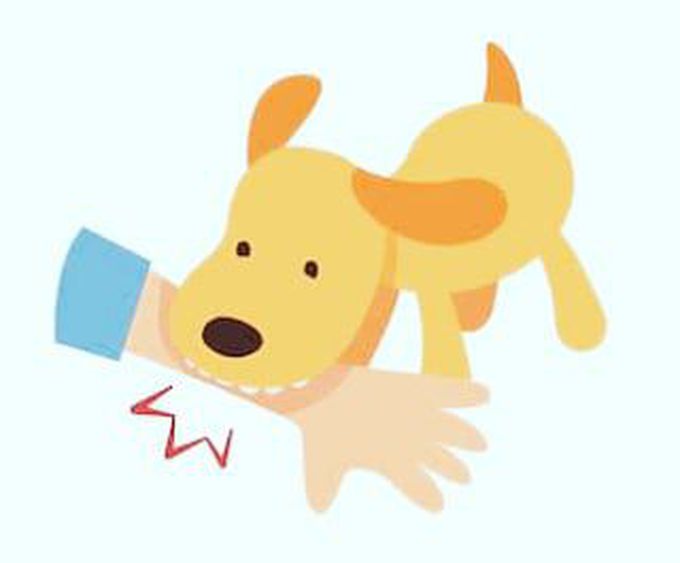


DOG BITE
DOG BITE:- If a dog bite pierces a person’s skin, bacteria from the animal’s mouth can get into the body, which can cause an infection. Washing the wound thoroughly can remove the bacteria from the body and help prevent infection. If the bacteria stay in the body, they can cause an infection, such as tetanus, rabies, or sepsis. In some cases, an infection can spread to other parts of the body. People will need antibiotics or vaccinations to treat these types of infection. Symptoms of a dog bite infection can include: swelling and redness around the wound pain that lasts longer than 24 hours drainage from the wound difficulty moving the affected part of the body a warm feeling around the wound Signs that the infection may have spread to other parts of the body include: fever shaking night sweats TREATMENT People may be able to use at-home treatments to prevent a dog bite from becoming infected. Cleaning minor wounds immediately is often sufficient. However, people should see a doctor for more serious wounds. A doctor may use a syringe to apply water and a cleaning solution to the wound. Doing this helps flush out bacteria from the wound. The doctor may then prescribe antibiotics to fight off any bacteria that have entered the body and prevent infection. A doctor will also be able to examine the wound to look for any damage to structures in the body, such as nerves or bones. If the person has not had a tetanus vaccine in the last 5 years, they may need to have one to reduce the risk of tetanus. According to the American Academy of Pediatrics, people with a dirty wound should have a booster tetanus vaccine if more than 5 years have passed since their last shot. For a clean wound, people should have a booster vaccine if it has been more than 10 years since their last shot. In cases of severe or facial wounds, people may need stitches to close the wound. If the person does not know the dog’s history of rabies vaccination, they will need a postexposure rabies vaccine to protect them from the possibility of rabies.

